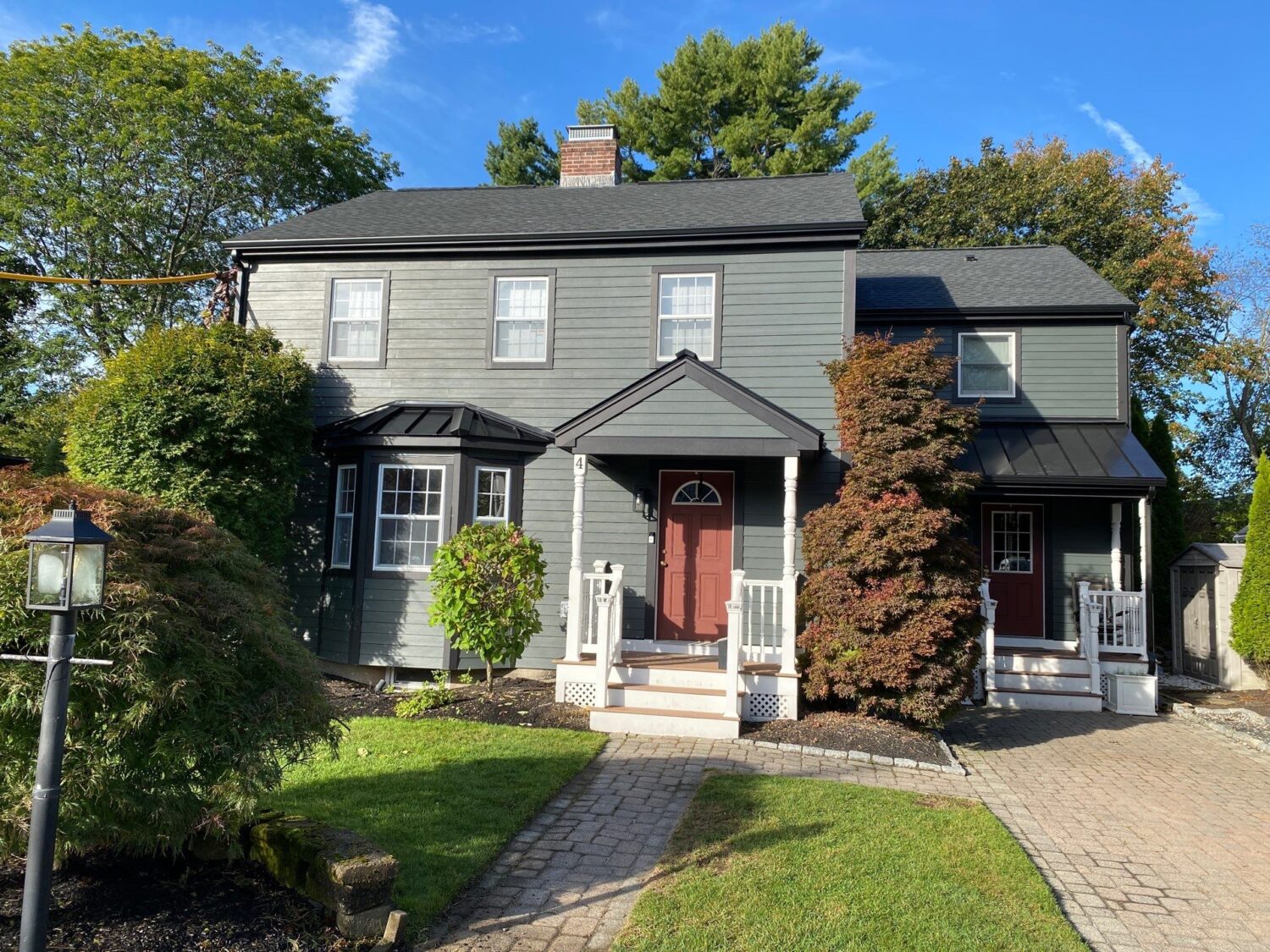
If you feel like your energy bills are getting harder to manage, you’re not alone. Homeowners across New England are still wrestling with rising energy prices. If you are a National Grid Massachusetts customer, you know energy costs keep rising every year. National Grid rates and electricity prices in Massachusetts have been on an upward trend for years. Many homeowners are asking, why is my National Grid bill so high? Are National Grid prices a ripoff?
According to the Department of Energy, heating accounts for 29% of your utility bill. With price of natural gas in Massachusetts continuing to surge, it’s no wonder so many are struggling to make ends meet. National Grid gas prices Massachusetts reflect the broader challenge of maintaining comfortable homes during brutal New England winters.
Adding to the challenge, winter weather predictions warn of harsh conditions ahead. This severe weather combined with higher energy prices makes it critical to ensure your home is energy-efficient.
Table of Contents
Understanding National Grid Rate Increases for 2025-2026
As we head into the 2025-2026 winter season, homeowners face another wave of rate increases:
Why Increases Are Happening:
- National Grid has announced an approximate 4% increase
- Eversource customers will see rates climb by roughly 13%
- These increases stem from necessary maintenance and infrastructure investments across the utility grid
Weather Impacts on Pricing:
- The actual impact on your bills depends heavily on weather conditions
- According to the Farmers’ Almanac Winter 2025–2026 prediction for New England, residents should prepare for “Chill, Snow, Repeat.” Widespread wintry weather is expected across the region.
- The forecast warns that New England will experience frequent snowstorms this winter. It will be among the coldest regions in the country, along with the Northern Plains and Great Lakes.
- The publication predicts “dramatic swings and widespread wintry weather,” urging New Englanders to expect a cold, snow-filled season with consistent cold snaps
- Residents from Minnesota to Maine should brace for what’s shaping up to be a “wild ride” with a particularly harsh cold snap expected in January
What It Means for Your Wallet:
- You’ll be spending considerably more money this winter than you did this summer
- The combination of rate increases and severe weather creates a perfect storm for higher energy bills
- Being proactive with energy-efficient home improvements can help you prevent costly moisture damage problems while you stay warm and cozy!
Massachusetts Utility Cuts: What It Means for Your Energy Bills
The recent Massachusetts utility cuts have sent shockwaves through homeowners relying on the state’s energy efficiency programs.
The $500 Million Mass Save Reduction:
- Massachusetts Department of Public Utilities (DPU) approved a $500 million reduction to Mass Save
- Residential energy rebates and efficiency incentives were impacted
- Budget cuts reduce funding for key initiatives, including energy-efficient home upgrades
Fewer Resources When You Need Them Most:
- Homeowners relying on Mass Save rebates for insulation, energy-efficient windows, and Energy Star-certified upgrades now face fewer available resources
- At a time when National Grid increase rates and energy costs are skyrocketing, state regulators are cutting back on the very programs designed to help consumers save money
The Impact on Homeowners:
- Massachusetts utility regulators claim Mass Save will continue supporting energy efficiency
- Efficiency advocates argue the cuts could result in a $1.5 billion loss in benefits over time
- It’s becoming harder for homeowners to combat rising energy prices
The Rising Cost of National Grid: A Timeline from 2021 to Today
Mold and mildew growth is another serious sign of moisture damage to your exterior. Here’s why you should call Coastal Windows & Exteriors if you’re dealing with mold and mildew growth on your siding:
- Mold and mildew can be prevalent on wood siding since it’s an organic material
- Allowing mold to flourish, especially under panels, can break down your cladding material
- Growth at or near seams may indicate water is penetrating and being held inside the wall
- While not all mold signs are cause for alarm, such growth should prompt further investigation
- Vinyl siding is a big part of the equation for preventing mold growth
- House wrap acts as a moisture proof barrier that prevents mold growth as well
- Fall maintenance tips include checking for mold growth before winter moisture arrives. This step is a key part of your fall home maintenance checklist.
Check our YouTube channel for a real-life example of a vinyl siding transformation. Upgrading to new siding turned a client’s moldy exterior into a clean, maintenance-free home. It also delivered energy savings and better insulation during the cold months.
Understanding National Grid Rate Increases for 2025-2026
The National Grid Deferred Scam
Adding to the frustration of Massachusetts National Grid customers, a recent scam called the National Grid Deferred Scam caused outrage. To address rising utility costs, National Grid announced a temporary 5% gas bill reduction for March and April 2025. However, there was a major catch.
Under the original plan, National Grid would still collect that money back this summer, with interest. In other words, customers weren’t truly getting a break; they were just being forced into a deferred payment plan without consent and essentially paying even more in the long run.
After a wave of customer backlash, National Grid scrapped the plan. This incident left many homeowners feeling even more distrustful of the company’s billing practices. With National Grid energy prices continuing to climb, this bait-and-switch attempt further exposed the financial strain facing Massachusetts households.
Although the National Grid Deferred Scam was eventually abandoned, it reminded homeowners to manage their energy costs. Instead of relying on unstable energy rates and questionable billing, invest in energy-efficient home improvements. This approach helps protect against future cost increases.
A Redditor’s Frustration with Energy Bills
In early 2025, a Reddit user shared their experience with National Grid billing data. They revealed an average bill of $629 for a 1,500 sq. ft. townhouse in the Boston area. Despite conserving energy by setting the thermostat to 60°F at night and sealing drafts, costs remained excessive. Their bill listed nine distribution charges totaling $360, plus a $0.14 per kWh supply charge.
This story highlights the complexity of National Grid’s connected solutions and billing practices, which many customers find confusing. Are these charges justified, or is the company profiting unfairly from New England’s energy needs? Either way, the frustration is real.
PSA: Taping windows and doors with plastic for drafts does little to keep your home warm.
Truth: National Grid Energy Prices Have Been Increasing for Years
Let’s take a trip back to 2021–only 1 year out from the start of the COVID-19 pandemic. Here’s the personal National Grid story from the owner of Coastal Windows & Exteriors.

National Grid announced a rate increase on September 1, 2021. Each month they kept rising and from September 1 to December 1, the overall therm rate increase is 108%.
Here are actual bills showing the National Grid energy bill increase starting at 22%. “For gas consumption from September 1, 2021 to October 31, 2021, the Gas Supply Charge has increased from last month’s charge of $.3895 per therm to $.4758 per therm.”
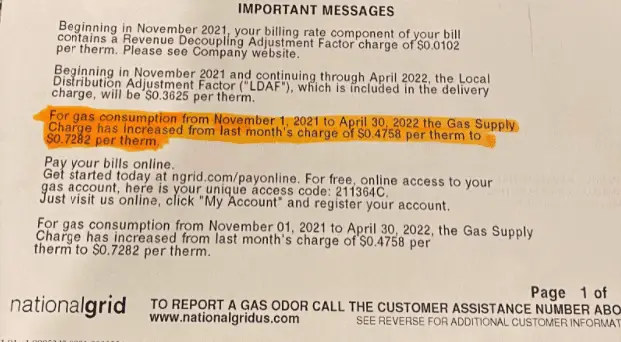
Then the November bill increased by 71%! “For gas consumption from November 1, 2021 to April 30, 2022 the Gas Supply Charge has increased from last month’s (October 2021) charge of $.44758 per therm to $.7282 per therm.”
Then I opened my National Grid December bill this morning thinking it can’t get any worse and increased again! If you start with the original therm rate of .3895 with the last therm rate for December’s invoice of .8114 that is an overall 108% rate increase.
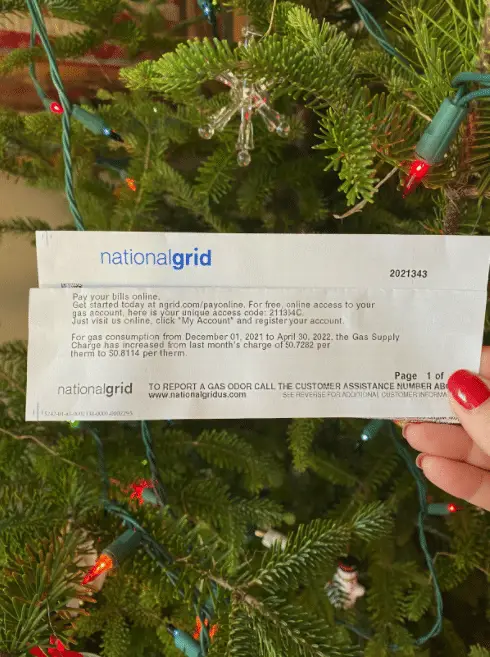
Even though it’s years later, people are still feeling ripped off by National Grid energy prices. No wonder they keep this in fine print but I am sure you are all feeling it when you see your bill!
How to Reduce Heating Costs This Winter
With National Grid energy prices and National Grid costs in Massachusetts climbing, homeowners need to take proactive steps to manage their bills. Here are some tips to reduce energy consumption and improve your home’s efficiency:
Interior Action Steps
- Upgrade to a smart thermostat. Did you know that a National Grid smart thermostat can help you save 10% on heating costs? By setting it to 58°F–62°F when you’re away, you’ll minimize unnecessary energy use.
- Seal doors and windows. Drafts can account for up to 40% of heat loss. Ensure your seals are tight, or consider installing Energy Star 7.0-rated replacement windows for better insulation. Professional weather stripping for drafty windows can dramatically reduce heat loss and improve comfort.
- Perform a home energy audit. Free programs like HomeWorks Energy can identify areas where heat is escaping.
Insulating Your Home with Exterior Upgrades
If you are struggling with rising energy costs, it’s time to take a look at your home’s exterior. This is your first line of defense against the elements. It faces snow, ice, and strong winter winds. These are the top upgrade you can make to insulate your home, stay warm, and keep those energy bills from spiraling out of control.
Install Energy Efficient Replacement Windows
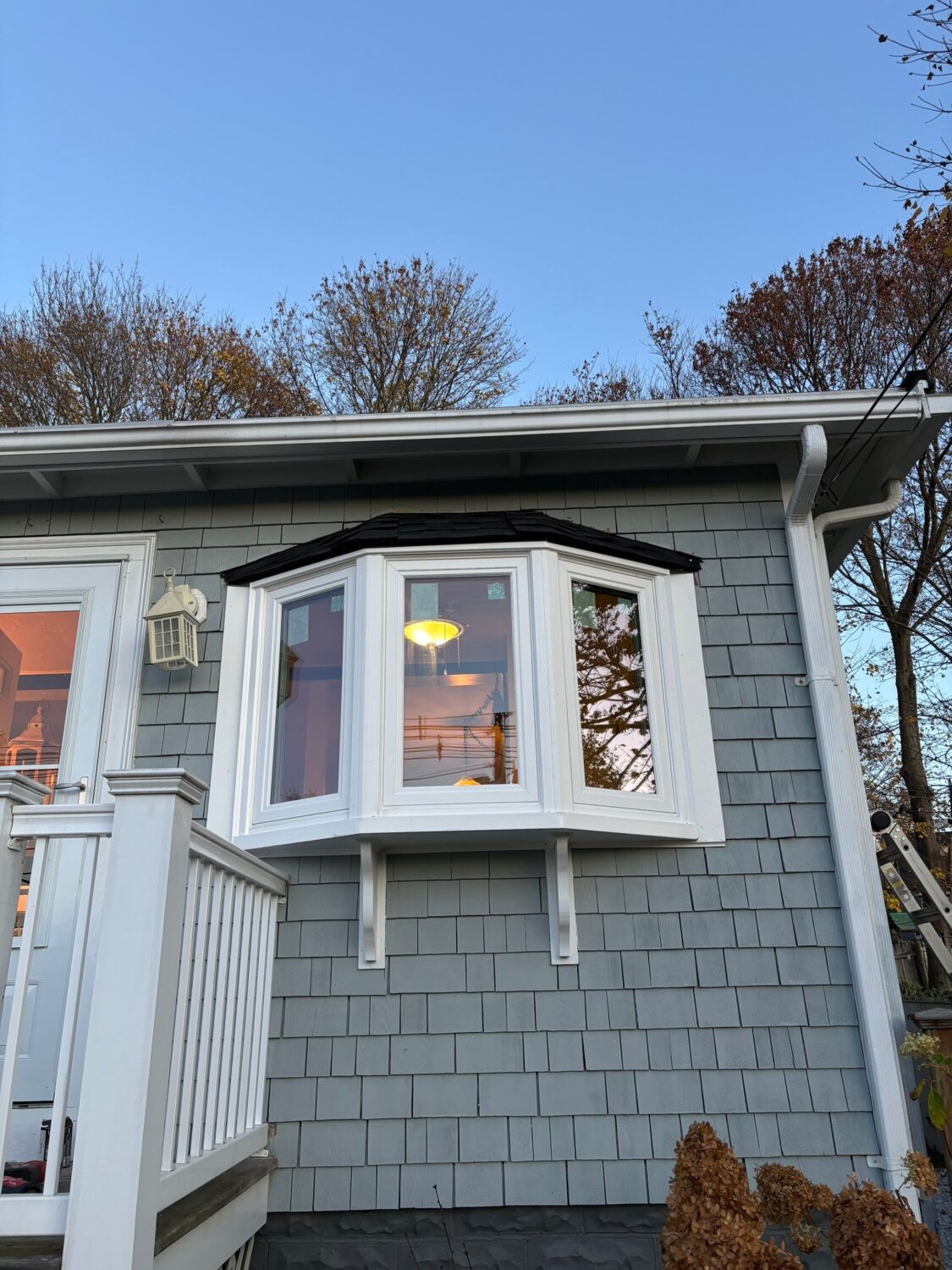
Did you know that drafty windows lose up to 40% of your home’s energy? Without proper drafty window insulation, your heating system works overtime, driving up costs unnecessarily.
Make Sure Your Windows Have:
- Fill the space between double and triple pane gas with argon or krypton insulating gases. Their purpose is to reduce heat transfer during the winter.
- Choose windows with low-e application, which allows the sun to naturally heat your home during the winter.
- Your windows should have premium precision-engineered triple weatherstripping that’s designed to reduce drafts more efficiently.
- Your windows should be engineered with the best air infiltration. Choose new windows with a low air infiltration rating for creating an airtight seal. Our windows are rated .01 CFM, making them 23 times more airtight than the industry average.
- Fusion-welded corners create an impermeable barrier against the elements, eliminating both water and air infiltration.
- Incorrect installation can lead to drafts without making a difference in winter heating bills. Hire a professional licensed window contractor.
Book Today for New Windows to Save Money on Energy Bills
Choose an Insulating Entry Door
Worried about natural gas prices going up? Try this. Entry doors are similar to windows in terms that a tight seal is needed. This is because a drafty door allows energy to escape much faster than you think. If you have a 1/8th-inch gap under a 36-inch exterior door, it’s the same as having a 2.4-inch diameter hole punched in your wall!
- Efficient doors need a polyurethane foam core which provides higher insulating power and R-value, all while acting as a barrier to air and moisture.
- Reduce drafts with Q-Lon weatherstripping interlock to a nearly non-existent level.
- Front doors with windows or sidelites should contain high-performance window trim to block out drafts.
- Hire a licensed and bonded installer to ensure proper installation & peak performance through the winter months.
Keep Your Home Cozy with Insulated Vinyl Siding and James Hardie Fiber Cement
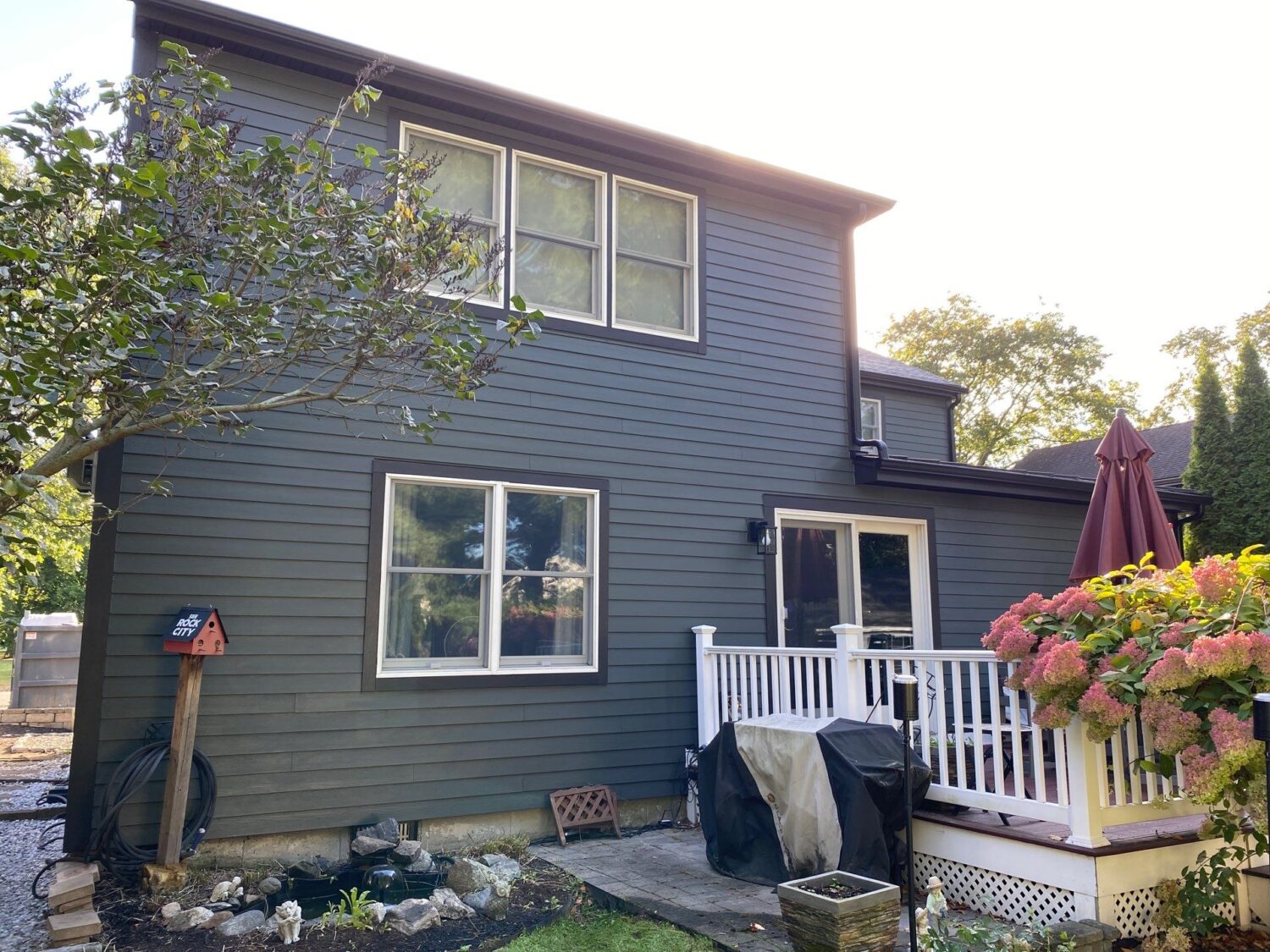
Like a warm blanket wrapped around your exterior, insulated vinyl siding will reduce heat transfer through the winter months. Heat tries to escape through the walls via the wood studs of the exterior. This process is blocked when insulated vinyl siding is installed, leaving you with a warmer and more energy-efficient home.
For extra protection against the elements, your siding should also include house wrap. It keeps moisture out of your home in all forms including snow. In addition to providing superior weatherization, it serves as another layer for reducing drafts.
Most exterior walls provide insulation between the wall studs, but energy is lost through the studs themselves. Wood and metal wall studs are poor insulators.
- Insulated vinyl siding blocks heat loss during the winter months which stops thermal bridging—not allowing heat to pass through the studs.
- Vinyl siding with rigid foam insulation blankets the home’s exterior, with the foam permanently attached to the panel.
- The foam insulation increases the overall R-value of the exterior wall, ensuring exceptional insulation during the coldest months.
- House wrap is an additional layer to your siding project, serving as an essential element material to weatherize your home. Bonus: it fights against mold, too!
- House wrap also serves as another layer for keeping out drafts and serving as a barrier against energy loss.
- James Hardie further insulates your home with its weather barrier, designed to prevent drafts and heat loss from your home.
Regulate Indoor Temperatures with Roofing
Did you know that roofing is an important component for home performance and comfort? A new roof brings a new level of protection to your home and family.
- Roofing helps regulate indoor temperature with proper ventilation through the winter months, balancing and regulating room temperatures where you spend the most amount of time.
- New roofing ensures the attic space remains close to the outdoor temperature, even in the winter. If the attic space gets too hot, ice dams will form which will damage the roof.
- The key is for roof ventilation in areas such as soffit vents and gable vents. Both intake vents and outtake vents are necessary to keep energy bills in control.
- If there are problems such as holes or cracks in your current roof, this will allow energy to escape and become very costly through the winter months. A new roof will shield your family from the elements while preventing heat loss.
- Professional roof installation ensures that your new upgrade will perform for life.
Energy Efficient Exterior Upgrades by Coastal Windows & Exteriors
How can you get ahead of Nation Grid gas prices and increasing energy rates? By installing energy-efficient roofing, siding, windows, and doors. Take a look at some of our recent projects, engineered to save energy 365 days a year!
Frequently Asked Questions About National Grid Costs in Massachusetts and Energy Efficiency
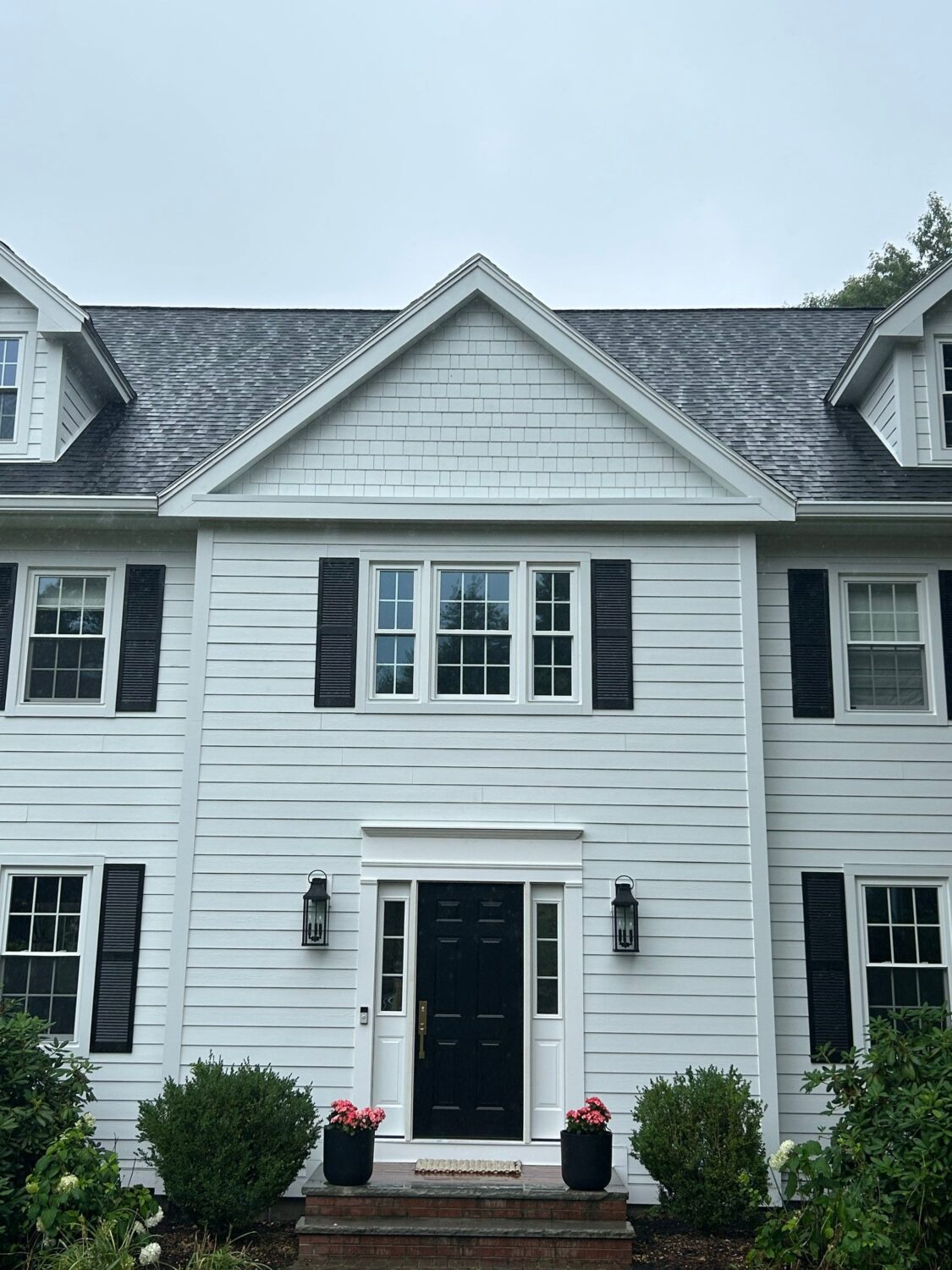
What is the average monthly utility bill in Massachusetts?
The average varies widely based on several factors:
- The average monthly utility bill in Massachusetts varies significantly based on home size, energy efficiency, and seasonal demands. During winter months, homeowners can expect bills ranging from several hundred to over a thousand dollars, particularly with recent rate increases.
- Natural gas and electricity costs fluctuate based on infrastructure maintenance, supply chain factors, and weather patterns that drive higher consumption during peak heating and cooling seasons.
- Your specific bill depends on your home’s insulation quality, window efficiency, and heating system performance, which is why energy-efficient upgrades make such a substantial difference.
Are everyone's energy bills going up?
Yes, and here’s why:
- Energy bills are increasing across the board for New England homeowners, with National Grid implementing approximately a 4% increase and Eversource raising rates by roughly 13% for the 2025-2026 season.
- These increases stem from necessary maintenance and infrastructure improvements across the utility grid, combined with rising natural gas costs and distribution expenses.
- The severity of winter weather also plays a major role, with colder temperatures driving higher consumption and consequently higher bills for all customers.
How can I tell if my windows are ENERGY STAR?
Look for these identification methods:
- ENERGY STAR certified windows feature a label on the glass or frame that displays the ENERGY STAR logo along with performance ratings for U-factor, Solar Heat Gain Coefficient, and other efficiency metrics.
- You can also check the National Fenestration Rating Council (NFRC) label, which provides detailed performance information and helps verify ENERGY STAR qualification based on your climate zone.
- If you’ve lost the documentation, contact the manufacturer with your window model number, or have a professional window contractor assess whether your windows meet current ENERGY STAR 7.0 standards for your region.
Does low E glass really make a difference?
Absolutely, the benefits are substantial:
- Low-E (low-emissivity) glass coating makes a dramatic difference in energy efficiency by reflecting infrared light, keeping heat inside during winter and outside during summer while allowing visible light to pass through.
- Homes with low-E windows can reduce energy loss by as much as 30% to 50% compared to standard glass (U.S. Department of Energy), translating to meaningful savings on heating and cooling costs throughout the year.
- The coating is microscopically thin and virtually invisible, so you get superior performance without sacrificing natural light or your home’s aesthetic appeal.
Are energy-efficient shingles worth it?
Here’s what you need to know:
- In New England’s climate, the primary benefit comes from proper ventilation and quality installation, since heating costs typically exceed cooling expenses.
- When combined with adequate attic insulation and proper ventilation systems, energy-efficient shingles contribute to overall home performance and can extend the lifespan of your roofing system.
Are light-colored roofs more energy-efficient?
Both colors offer advantages:
- Both light-colored and dark-colored roofs can contribute to your home’s energy efficiency, depending on your specific needs and climate considerations.
- The most important factors for roof energy efficiency in Massachusetts include proper attic ventilation, quality insulation, and professional installation that prevents ice dams and heat loss.
What is the life expectancy of insulated vinyl siding?
Expect decades of performance:
- Insulated vinyl siding typically lasts between 30 to 40 years with proper installation and minimal maintenance, offering decades of enhanced energy efficiency and protection for your home.
- The rigid foam insulation backing is permanently attached and won’t deteriorate, compress, or lose its R-value over time like some other insulation materials might.
- Quality matters significantly, so choosing premium insulated vinyl siding from reputable manufacturers and having it professionally installed ensures you get the full lifespan and performance benefits.
Is insulated siding worth it?
The investment pays off in multiple ways:
- Insulated siding is absolutely worth the investment for New England homeowners. Roughly 30% of your home’s energy escapes through uninsulated walls, making this upgrade one of the most impactful improvements you can make.
- Insulated siding increases your wall’s R-value, reduces thermal bridging, and can lower heating costs throughout our long winter season.
- Beyond energy savings, insulated siding provides superior impact resistance, reduces exterior noise, and creates a more comfortable indoor environment by eliminating cold spots and drafts along exterior walls.
- The improved energy efficiency helps offset the initial investment over time through reduced utility bills, while also increasing your home’s resale value and curb appeal
What is the best house siding for cold climates?
Two excellent options stand out:
- Insulated vinyl siding and James Hardie fiber cement siding are both excellent choices for cold climates, offering superior weather resistance, durability, and thermal performance during harsh New England winters.
- Insulated vinyl siding provides built-in energy efficiency with foam backing that stops thermal bridging, while James Hardie siding offers exceptional durability against freeze-thaw cycles and moisture damage.
- Both options outperform traditional siding materials in cold weather performance when properly installed with house wrap, creating a comprehensive weather barrier that protects your home and reduces energy loss.
Does vinyl siding keep your house warmer?
It depends on the type of vinyl siding:
- Standard vinyl siding provides minimal insulation on its own, but insulated vinyl siding with rigid foam backing significantly improves your home’s thermal performance by adding continuous insulation across your exterior walls.
- The foam insulation blocks thermal bridging through wall studs, preventing heat loss that occurs even in walls with cavity insulation, which can account for substantial energy waste during winter.
- Combined with proper house wrap installation, insulated vinyl siding creates an effective thermal envelope that keeps your home warmer, reduces drafts, and lowers heating costs throughout the winter season.
Partner with Coastal Windows & Exteriors to Combat National Grid Costs in Massachusetts
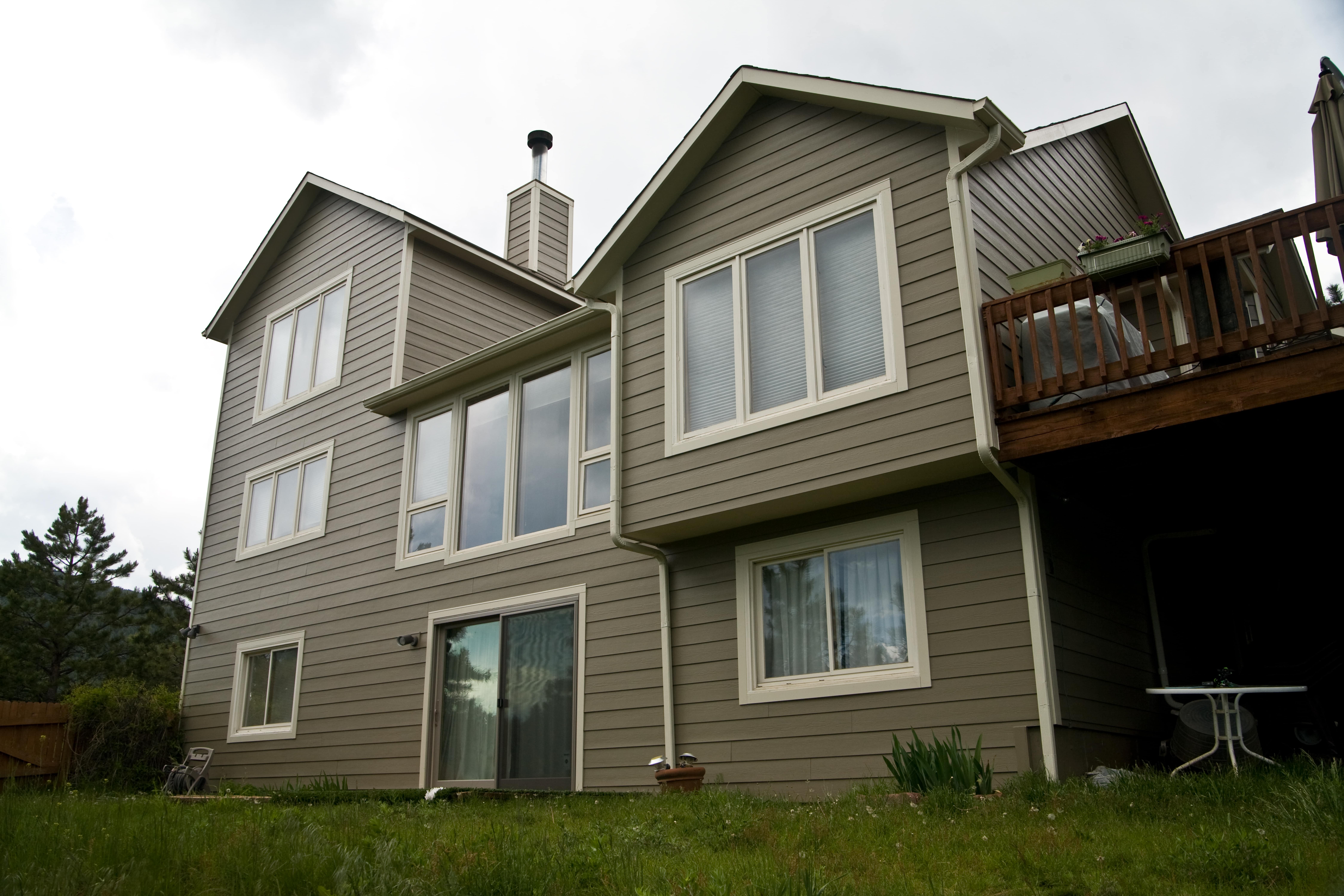
While you can’t control National Grid costs in Massachusetts or the cost of energy, you can take decisive action to make your home more efficient and comfortable. From installing Energy Star 7.0 windows to upgrading your siding and roofing, every improvement protects you against rising utility expenses.
Don’t let escalating energy bills control your budget. Contact Coastal Windows & Exteriors today for a free estimate on energy-efficient home upgrades that will keep you warm, reduce your carbon footprint, and deliver real savings for years to come.

